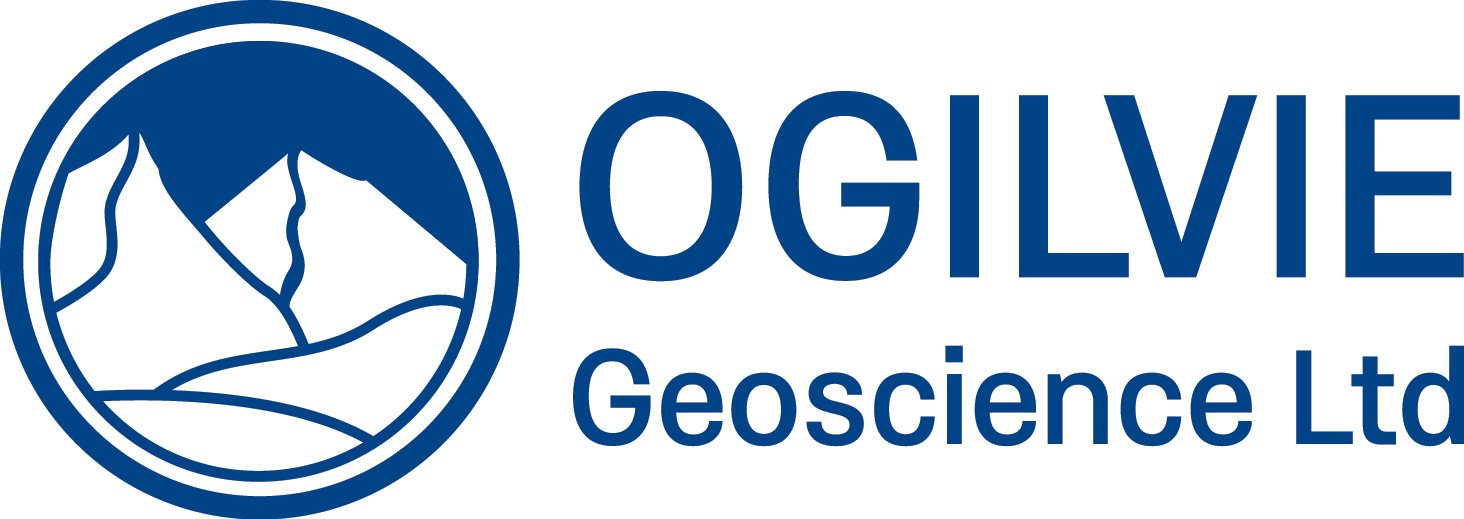What are Slickenlines ?
Slickenlines are scratches on fault surfaces resulting from shear motion (Figs 1, 2). Remember that shear fractures are smaller versions of faults that you’ll find in core - so slickenlines record the shear motion of fractures. You won’t find slickenlines on joint surfaces as these are opening mode fractures.
Can we tell the direction of travel ?
Sometimes it is possible to tell the direction of shear by running your fingers over the slickenlined surface - this would be the smooth direction (top right to bottom left for missing block in Fig 1).
What about Slickenfibres ?
Slickenfibres on the fault plane are mineral fibres that grow during fault movement. An example of calcite slickenfibres are shown on the fault plane in Fig. 1.
Fig. 1. Slickenlines in playa lake siltstones, North Sea. Direction of travel of missing block is (relatively) from top right to bottom left. The white patches are calcite slickenfibres.
Fig. 2. Slickenlines in Cretaceous shale core, West of Shetland, UK.
Why are they important ?
Its very likely you’ll come across rubble zones when looking at rock core. Its well worth checking the pieces of rubble (as well as the intact core of course !) for evidence of slickenlines. The reason for this is that you’ll know you’re looking at natural (not induced) fractures. Secondly these will be shear fractures (small faults) not joints.
Fig. 3 shows bagged rubble from a North Sea appraisal well that was drilled through a seismically resolvable fault in sandstones. The piece of sandstone that the pencil is pointing at has a particularly well developed polished surface and slickenlines - indicating natural shear fractures and consistent with the seismic evidence in this case - of being close to a seismic scale fault.
So, finding slickenlines therefore tells you that you are dealing with natural fractures. There are other criteria that you can use as captured in this blog.. http://www.ogilviegeoscience.co.uk/blog/2021/3/16/natural-vs-induced-fractures-in-core
Fig. 3. Slickenlines and polished surface in Jurassic faulted sandstones from the North Sea.
Where do Mohr Circles come in ?
Mohr circles can be used to predict the critical state of stress required to create a shear fracture (Fig 4). The arrow points to where a roughly 60 deg dipping shear fracture with a 30 deg angle to Sigma 1 (as on core plug in middle) would plot.
Fig. 4. State of stress on a shear fracture in a Mohr diagram. Middle is a shear fracture on a core plug. On right hand side are slickenlines on shale core from N Sea which may be present if we were to open up the shear fracture in the plug.
Key Takeaways:
It is valuable to search for slickenlines in cored samples (e.g., amongst rubble) as they tell us if we are dealing with natural fractures and shear fractures in particular.
It is usually easier to use slickenlines in faulted outcrops for determination of sense/direction of movement as the core needs to be oriented.
This is important in interpreting the structural history of an area.





